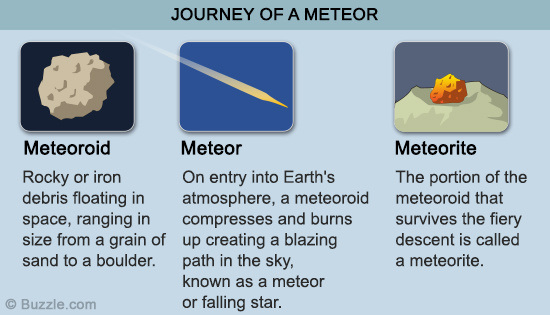
Most plunge into the oceans that cover three-quarters of the surface and are lost. Tiny samples of Mars’ atmosphere are preserved in microscopic bubbles in the Martian meteorites. Scientists are able to identify where they came because we have samples of Moon rocks from the Apollo missions and we have been able to analyze Mars’ atmosphere remotely from space. Comets are probably a significant source of the dust-like micrometeorites that shower the Earth each day.įewer meteorites come from Mars and our Moon, blasted off their surface when meteorites crashed into their surfaces and blew pieces into space. In the 1980s, scientists recognized that a few rare meteorites come from the Moon and Mars. Since then, many other meteorites have been traced back to the asteroid belt as well. The first clear meteorite evidence came in 1959, when scientists were able to photograph an incoming meteorite with enough accuracy to calculate its orbit and determine where it originated. Most meteorites come from the asteroid belt, a collection of small rocky bodies – they're about 1,000 km (600 miles) or less in diameter – orbiting the Sun between the paths of Mars and Jupiter. There are three main types of meteorites: stony (the most common), stony-iron, and iron. In both cases, the minerals provide clues to the meteorites’ origins. Some of the minerals are the same ones seen in Earth rocks, but others are not found on Earth at all. Like rocks, meteorites are made up of minerals. A meteorite is a meteoroid that survives the fiery passage through the atmosphere and crashes to Earth.Air friction melts the meteoroid's surface, making it glow white hot. A meteor is the streak of light caused when a meteoroid enters Earth's atmosphere.


The Three Ms: Meteroid, Meteor, Meteorite When these extraterrestrial rocks land on Earth, they provide an extraordinary opportunity to piece together the history of our Solar System's birth and evolution. Others are fragments of asteroids that grew hot enough to develop crusts, mantles, and cores. Some are actual pieces of the original matter from which the planets were assembled. Meteorites are precious rock samples preserving material from the birth of the Solar System 4.6 billion years ago. Tens of thousands of meteorites enter our planet's atmosphere each day, but most are the size of a grain of rice or smaller. Meteorites aren’t just fascinating space rocks that fall from the sky researchers around the world, and at the Smithsonian’s National Museum of Natural history, study them to better understand the formation and evolution of our solar system. These are known as pieces of the Chelyabinsk meteorite more than 200 have been found. When it exploded in the atmosphere, small pieces of it fell to the ground. This meteor was a large space rock, about 17 meters (56 feet) across. Hours after impact, online videos of the event had received millions of views.
#Meteor vs meteoroid windows#
Sound waves from the blast shook the region, breaking windows in thousands of buildings across six cities. Instead it became bigger and brighter, then exploded about 23.2 kilometers (14.5 miles) above the ground in a fireball more brilliant than the sun.


Unlike most shooting stars, however, this one did not quickly flare out. At dawn on February 13, 2013, a meteor blazed an arc through the sky near Chelyabinsk, Russia.


 0 kommentar(er)
0 kommentar(er)
